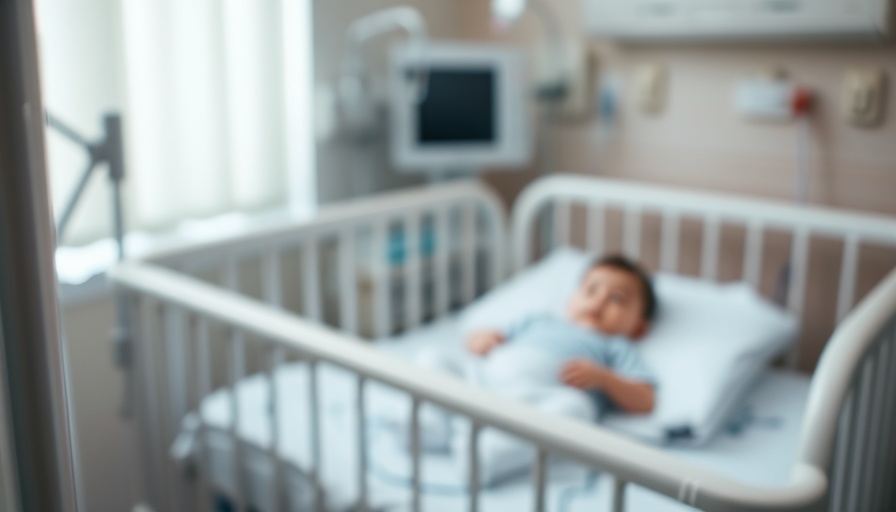
Understanding Chikungunya: A New Concern for Americans
The chikungunya virus, primarily spread by mosquitoes, is making headlines as cases emerge in regions across the globe, prompting concerns about its potential spread to the United States. Particularly for older adults, such as those over 55 in Louisiana, knowing about this virus is crucial as they may face greater health risks.
What is Chikungunya and How Does It Spread?
Chikungunya is a viral disease characterized by fever and severe joint pain. While the symptoms can mimic other illnesses initially, the fever typically lasts two to three days, with joint pain potentially lingering for weeks or months. The virus is transmitted primarily through the bites of infected Aedes mosquitoes, which are commonly found in warm and humid environments.
A Global Perspective: Where is Chikungunya Now?
Currently, outbreaks have been reported in parts of Asia, including China, where travel advisories are issued. The Centers for Disease Control and Prevention (CDC) underscores the importance of precautions during travel to affected regions. Increased international travel, especially from areas with current outbreaks, raises alarm about the virus's spread.
Why Older Adults Need to Be Informed
Older adults tend to have compromised immune systems, making them more vulnerable to both chikungunya and other mosquito-borne diseases. Proactive measures in protecting oneself—such as using insect repellent, wearing long sleeves, and eliminating standing water where mosquitoes breed—become paramount for this age group.
Possible Symptoms to Watch For
Awareness of the symptoms associated with chikungunya can help with early detection. After an incubation period of 2-12 days, symptoms can occur suddenly, including fever, chills, and joint pain. Prompt medical attention can make a significant difference, especially for those in at-risk categories.
The Importance of Preventive Measures
Travelers, especially older adults planning vacations to regions with reported chikungunya cases, should take extra precautions. It is advisable to consult with a healthcare provider to understand vaccinations or treatments available before traveling. Mosquito control, personal protective clothing, and education on the virus play crucial roles in mitigating risk.
Local Impact: What It Means for Louisiana
In Louisiana, where the climate is conducive to mosquito breeding, local health departments are advised to keep a vigilant eye on both preventive measures and potential outbreaks. Awareness campaigns focusing on the ways to prevent mosquito bites can significantly enhance the community’s health response.
Future Outlook: How Prepared is the U.S.?
The spread of chikungunya may remain an ongoing concern, especially with climate change affecting mosquito populations. Experts predict that warmer temperatures may increase the range of these mosquitoes. Local and federal health agencies must be prepared to adapt swiftly with information and resources to safeguard public health.
Taking Action: What Can You Do?
Staying informed is the first step towards protection. Engaging with local health programs, participating in educational seminars about mosquito control, and spreading awareness within the community can significantly impact health safety. Consider visiting the CDC and state health websites for up-to-date information.
As the chikungunya virus spreads globally, being informed and prepared can make all the difference in our health. For those over 55, this is not just an issue of concern; it’s a call to action. Don’t wait to protect yourself, learn more about preventative measures today and engage your community in discussions about health safety concerning emerging illnesses.
 Add Row
Add Row  Add
Add 



Write A Comment